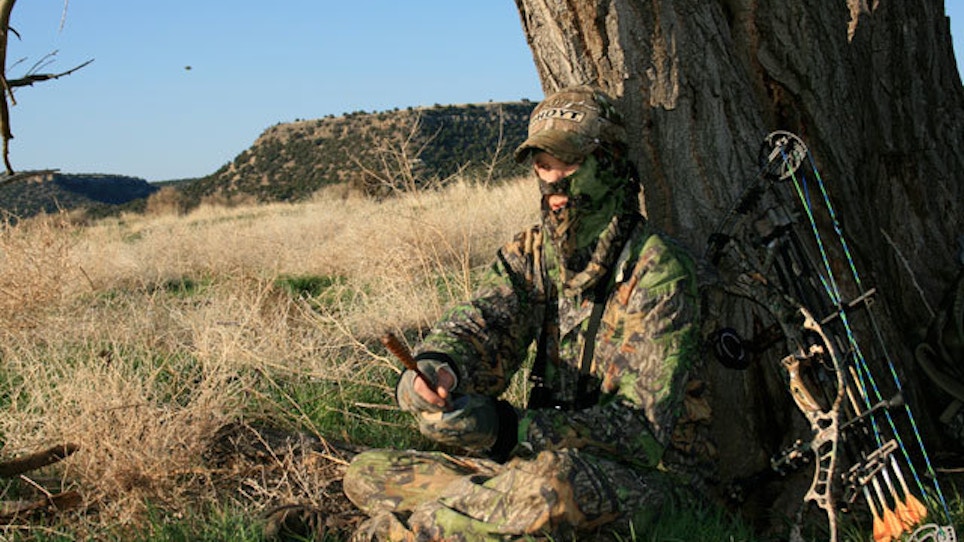With turkey season just around the corner – and me being a turkey nut – I’ve been getting several emails as of late about pot-and-peg calls. The main questions being asked: Can I get away with just a slate call, or do I need aluminum and glass as well? Do I need to spend a lot of money, or can I opt for three budget calls?
In my opinion, my pot (shallow, round and hollow bowl with the calling surface on top) calls are the most important in my vest. The reason for this is that I can cover the entire turkey vocabulary with pot calls. Plus, I can adjust frequency, tone and pitch by adjusting the pressure applied to the peg (the handheld post that you run across the pot’s face) or by changing from, say, a hickory peg to a purple heart peg. With a pot-and-peg call I can get super loud on windy days and whisper-quiet when a bird is working close.
Turkey hunting legend and current Grand National Calling Champion Billy Yargus showed me the importance of having multiple pot-style calls in your vest, along with a number of different strikers, on a spring hunt in the Show Me State.
Mother Nature had dealt us a cold and very wet hand, and the once-sun-soaked Missouri landscape was dark and dreary. Yargus wasn’t deterred. Using the combination of slate, aluminum and glass pot calls, this savvy turkey veteran fired up and called in a pair of toms. Yargus later explained that it was the long-distance, attention-grabbing and highly weather-resistant aluminum surface that got the bird’s attention once they pitched down. The birds gobbled a few times at the aluminum surface, but soon became tight-lipped – that is, until Yargus cranked up the volume on his glass slate and emitted a series of loud, raspy, popping cuts and clucks from the glass surface. Once the first bird hit the field edge, Yargus hit him with some lower-toned purrs that he scratched out of his slate surface.
“You never know what a gobbler wants to hear, and you have to be ready to change tone, pitch, frequency and the like,” Yargus said. “The easiest way to make a change is to change calling surfaces, and that’s what I often do. I believe switching it up makes me sound more true and realistic.”
As for question number two, here’s what I did: I went to a sporting goods store and ran as many calls as I could. I picked my favorite – a high-priced, custom glass slate – and paid $115 for it. Glass has always been my favorite surface, and I’ve duped a lot of gobblers with this particular calling surface. Next, I picked price-point (between $20 and $50) aluminum and slate surfaces. You want all three in your vest, but you don’t have to break the bank. I also believe it’s important that callers understand that these pot-and-peg calls aren’t magic wands. You have to master them, which means taking them out of the package long before you plan to use them.
Editor’s Note: Yes, I know there are a number of other pot surfaces out there – ceramic, cooper, titanium and plexiglass to name a few – and there is nothing wrong with trying these surfaces and seeing how they work. However, most of the emails I receive ask about the call surfaces mentioned in this article.
Go Inside the Mind of Billy Yargus






